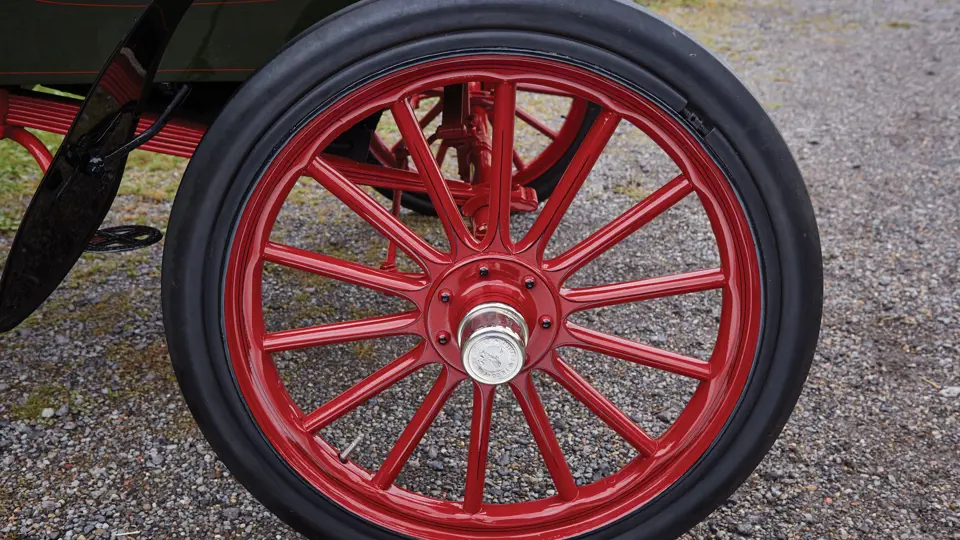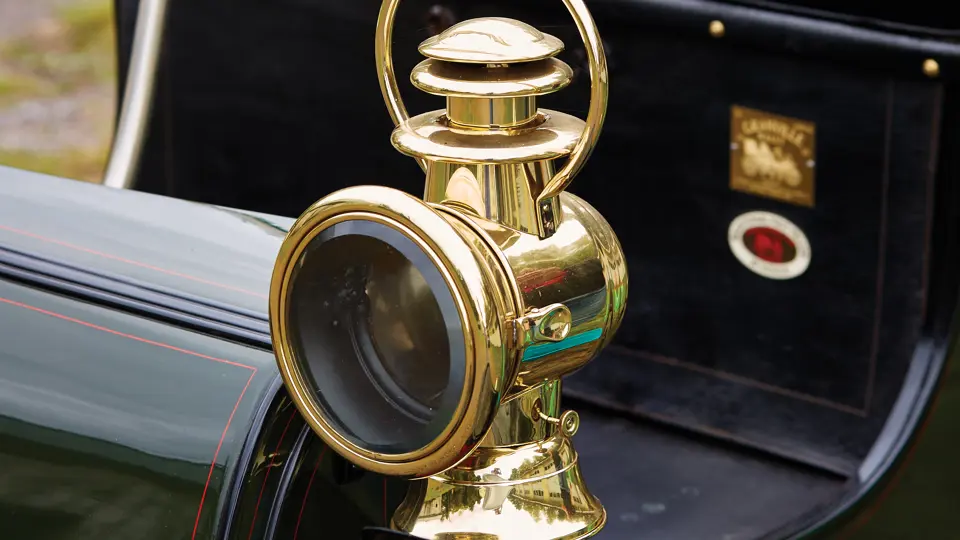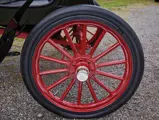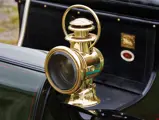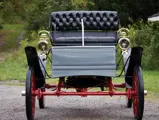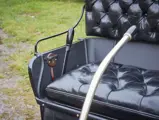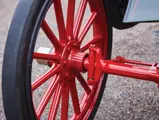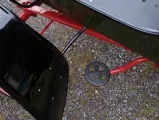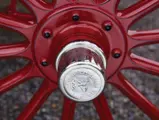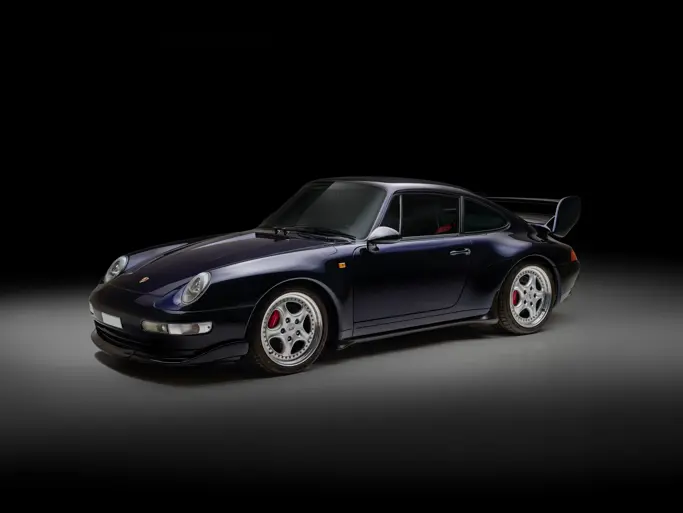5 hp, 106.3 cu. in. horizontal single-cylinder engine, two-speed planetary transmission with single chain drive, solid front axle and live rear axle, single longitudinal leaf spring on each side, and mechanical brake on transmission. Wheelbase: 67 in.
The Northern automobile arose from the combined talents of two men, Charles Brady King and Jonathan D. Maxwell. While Maxwell’s name later became a household word for “automobile,” King remains largely unknown, despite local fame as the first person to drive an internal combustion car on the streets of Detroit.
King came with strong credentials. A mechanical engineering graduate of Cornell, he moved to Detroit in 1891 and organized the American Motor League four years later to promote good roads. In March 1896, he completed his first car and took it to the streets, earning the rebuke of a policeman for disturbing the peace. Following on a bicycle was a young Henry Ford, already at work on a car and soon to make his own first voyage. While Ford continued to work on automobiles, King switched to marine engines, then enlisted in the Navy during the Spanish–American War.
By 1900, both King and Maxwell were working at Olds Motor Works. In 1902, they were recruited by a group of businessmen that included William Metzger, later the “M” of E-M-F. The Northern Manufacturing Company was born, and the “Silent Northern,” a small runabout, placed on the market. Not surprisingly, given their Olds background, King and Maxwell’s new car was very Oldsmobile-like, with long leaf springs reaching front to rear, anchoring both axles. The engine was a horizontal water-cooled single-cylinder unit, with integral transmission. The engine was huge, 4¾ × 6 inches in bore and stroke, displacing nearly two liters. It was rated at 5 horsepower, although without change it would be designated 6.5 the following year.
An Antique Automobile Club of America National First winner in the late 1950s, this 1903 Northern was the subject of a quality restoration many years ago. Several years ago, it underwent a further cosmetic restoration and is now finished with a period-correct dark green body and red chassis and striping. The car’s drivetrain is very clean and presentable. Ideal for one- and two-cylinder tours, the car would also be eligible for the prestigious London-to-Brighton Run in England with certification by the Veteran Car Club.
The epitome of simplicity, this tiller-steered single-cylinder runabout typifies the automobile of the pre-1905 period. With its fresh exterior, it is ready for show or tour and will be a welcome addition to any collection.


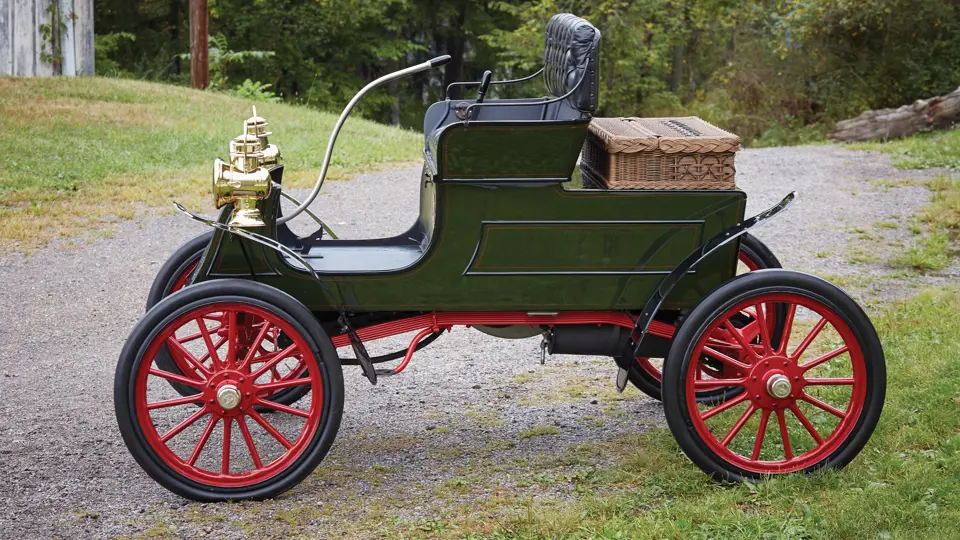


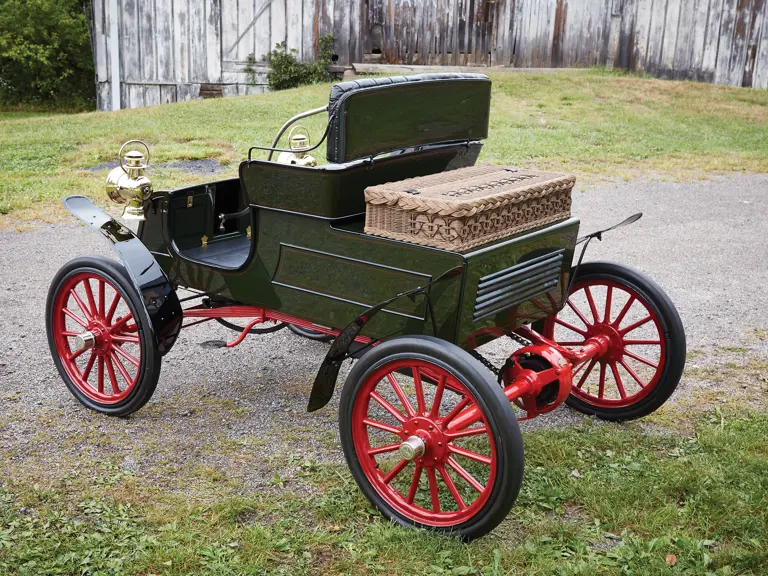
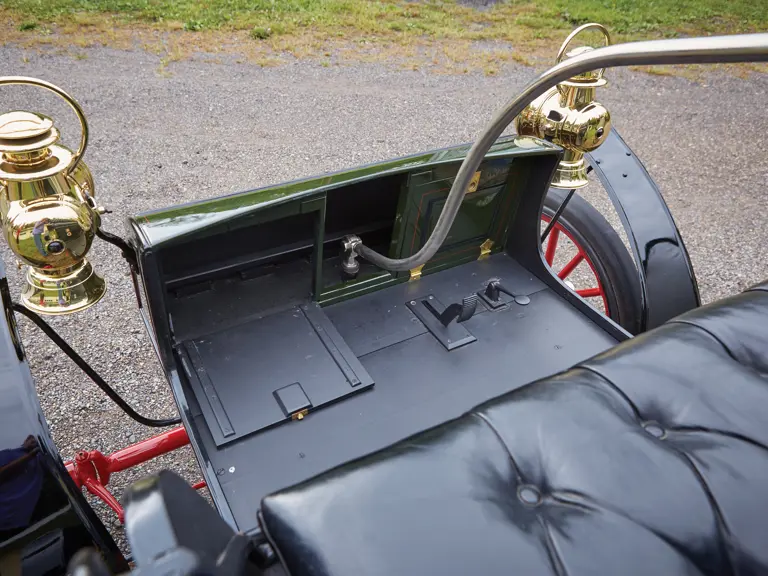
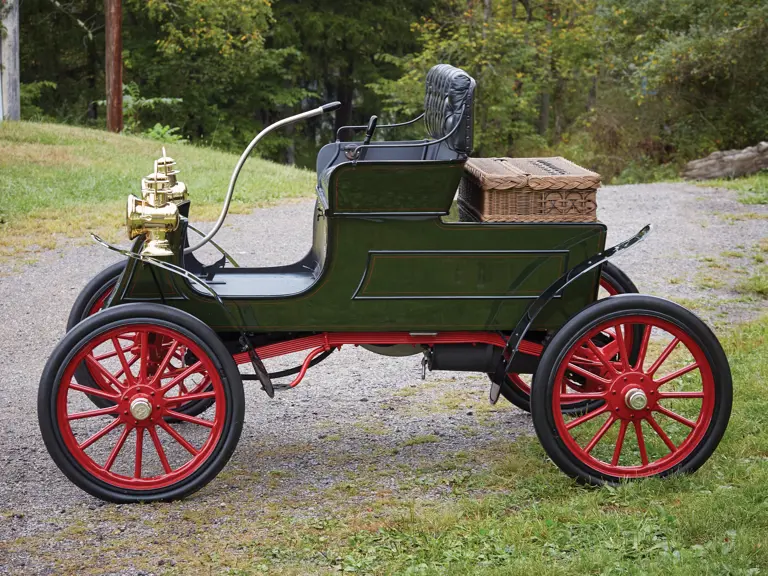
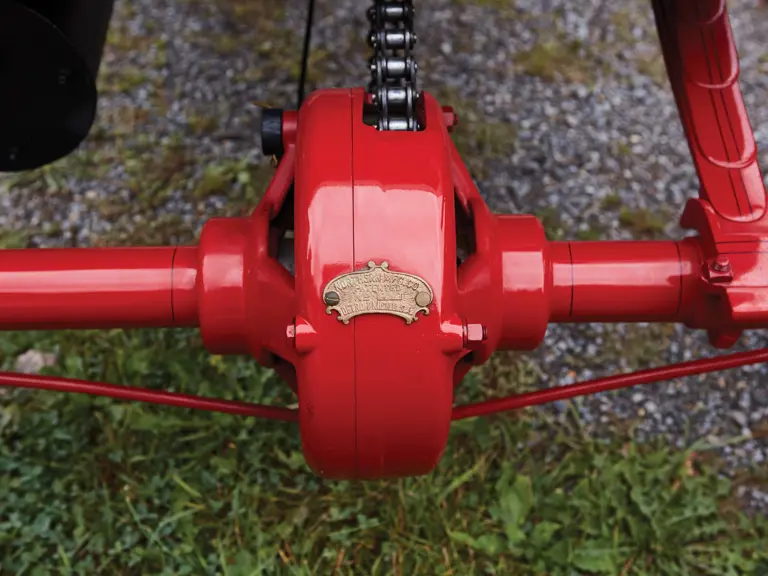
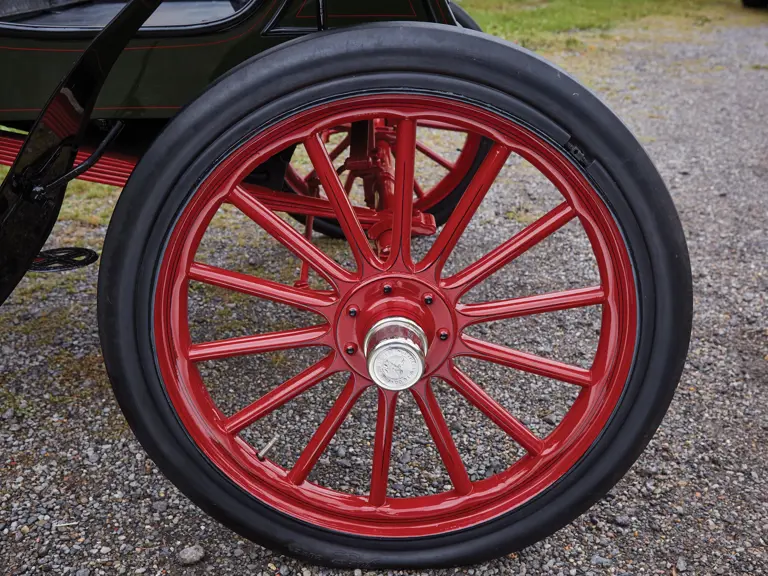
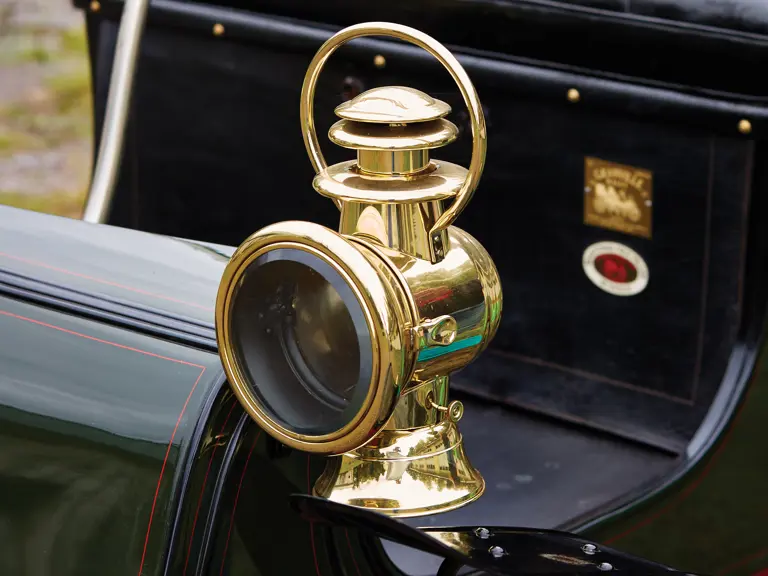
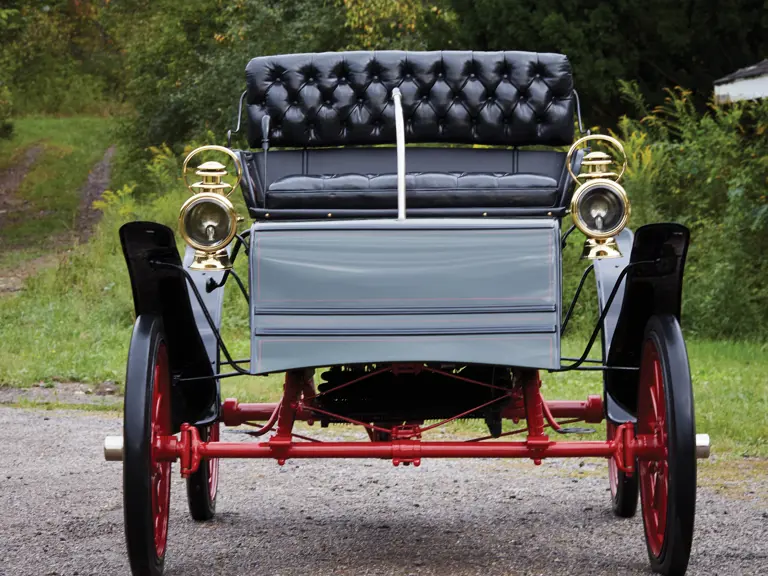
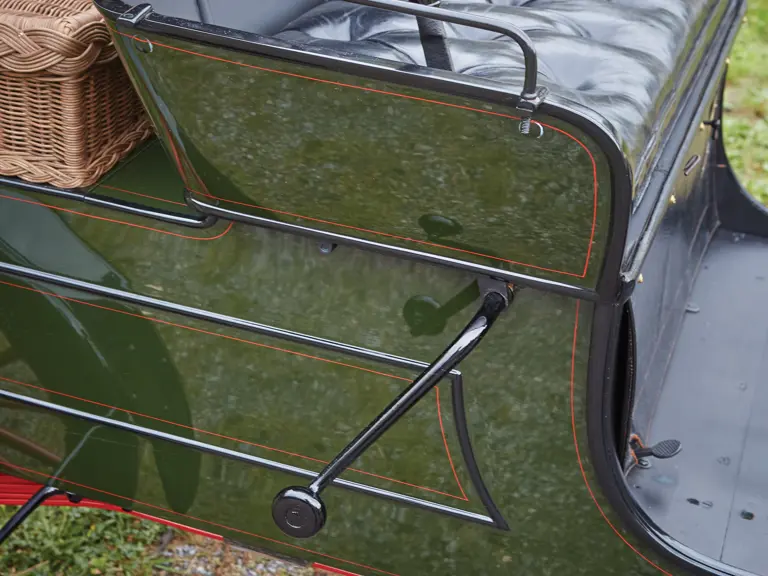



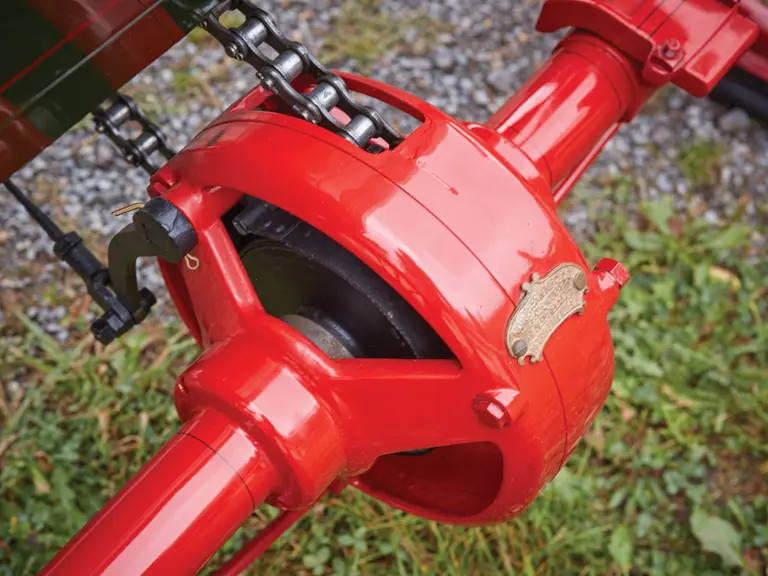
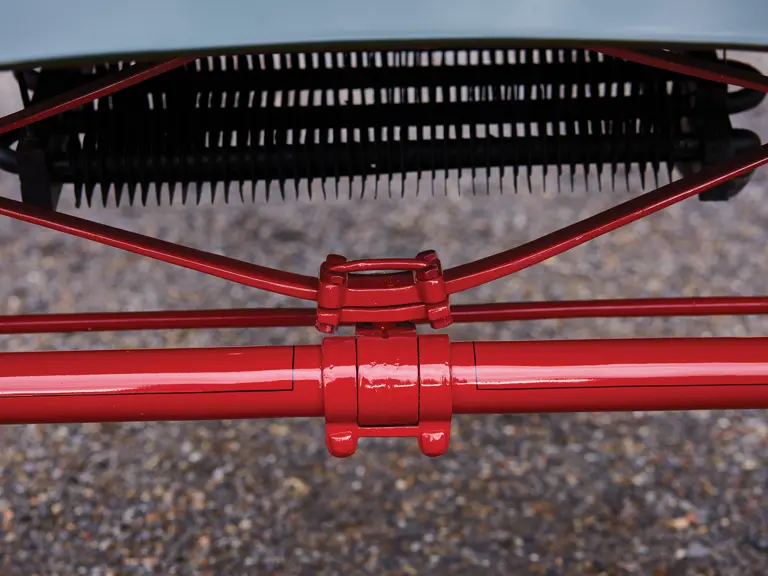
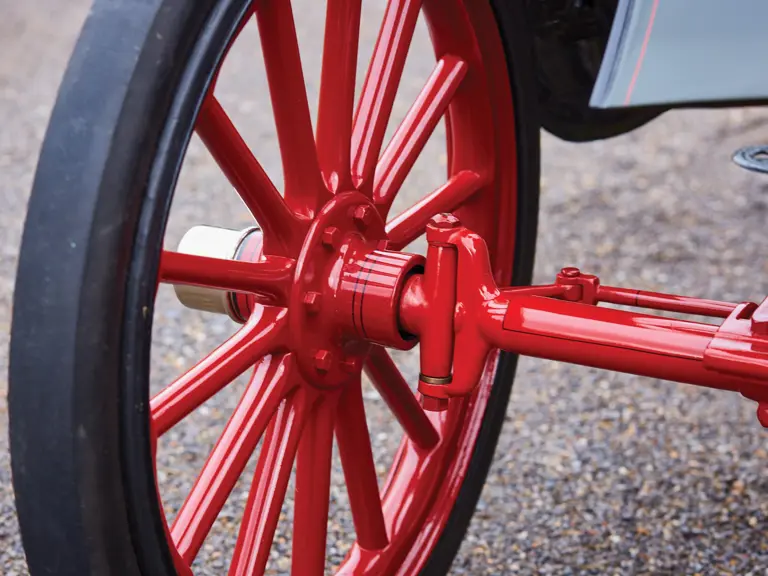
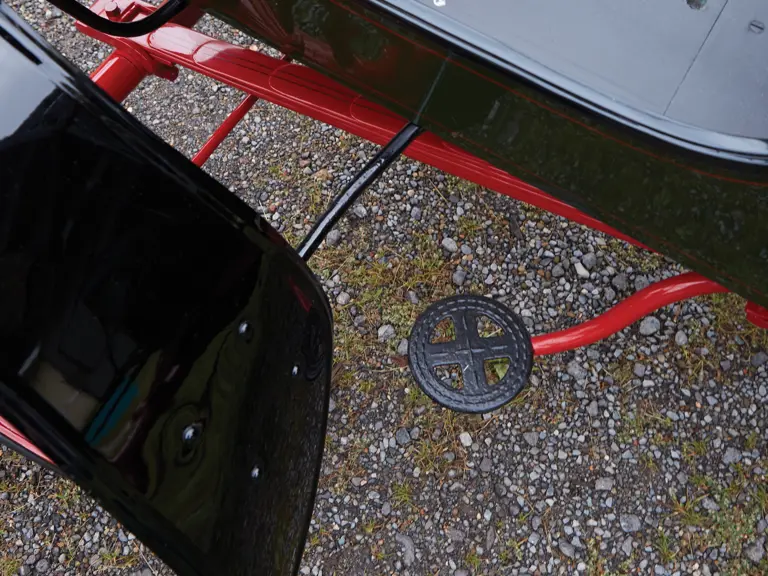
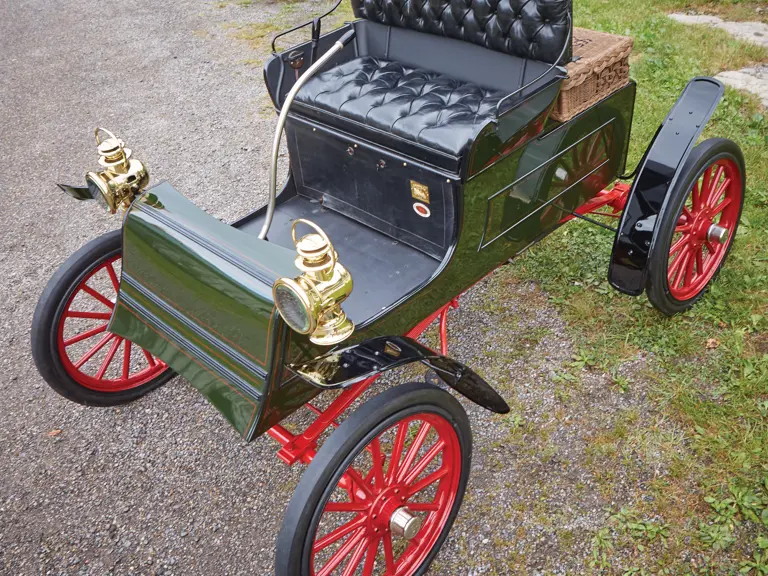
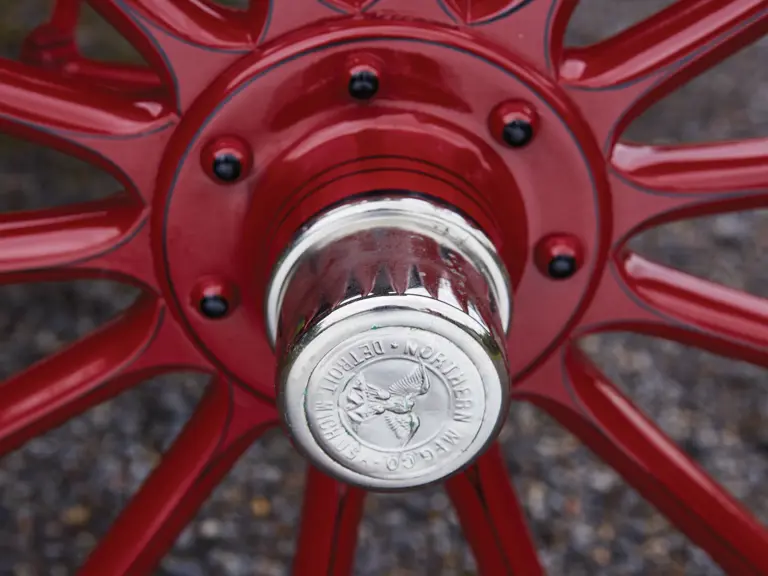
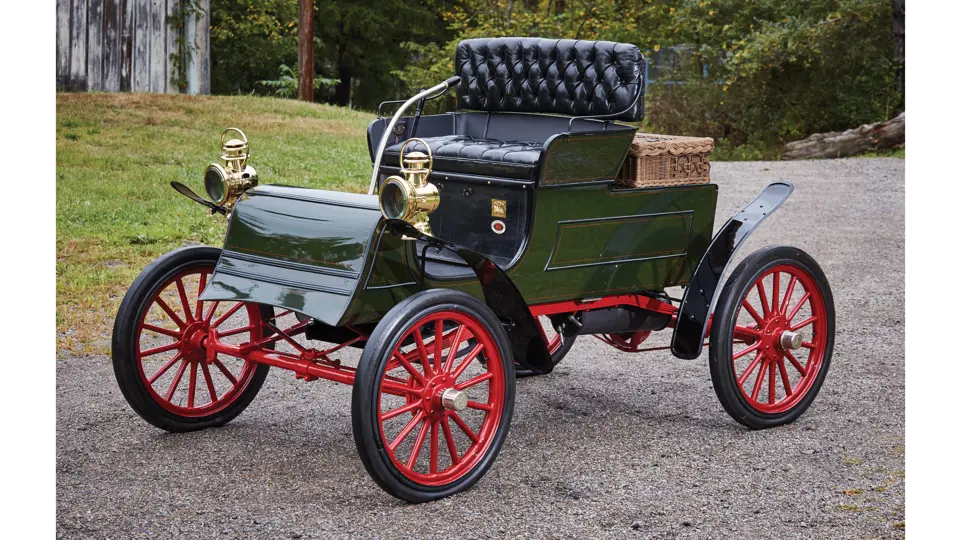
 | Hershey, Pennsylvania
| Hershey, Pennsylvania

